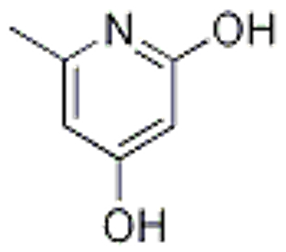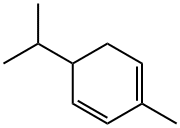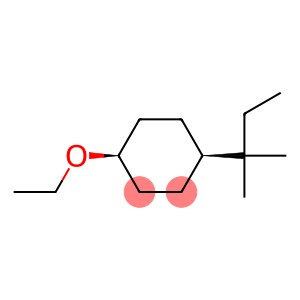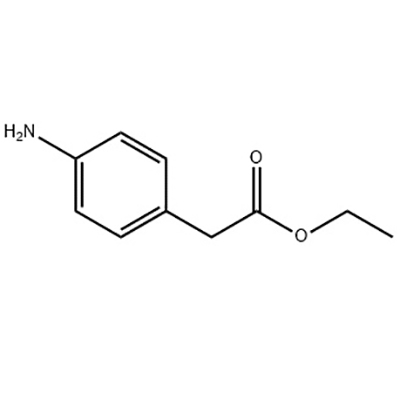6-Methylpyridine-2 4-diol(CAS# 3749-51-7)
| Hazard Symbols | Xi – Irritant |
| Risk Codes | 36/37/38 – Irritating to eyes, respiratory system and skin. |
| Safety Description | S37/39 – Wear suitable gloves and eye/face protection S26 – In case of contact with eyes, rinse immediately with plenty of water and seek medical advice. |
| HS Code | 29333990 |
| Hazard Note | Irritant |
Introduction
(1H)-one (1H)-one) is an organic compound with the chemical formula C6H7NO2. The following is a description of its nature, use, preparation and safety information:
Nature:
(1H)-one is a white crystalline solid, odorless. It is stable at ordinary temperatures, but may decompose at high temperatures. Its melting point is between 140-144 degrees Celsius.
Use:
(1H)-one has a wide range of applications in organic synthesis. It can be used as an intermediate in organic synthesis for the synthesis of other compounds, such as pharmaceuticals, dyes and pesticides. In addition, it can also be used as a metal complexing reagent for catalytic reactions.
Preparation Method:
There are two main methods for preparing (1H)-one. One is the introduction of a hydroxyl group and a methyl group into the pyridine ring by alkylation of the hydroxyl group of picoline. Another method is to carry out a hydroxyl alkylation reaction on the pyridine ring to introduce a hydroxyl group and a methyl group. The specific preparation method can be selected according to specific needs and conditions.
Safety Information:
(1H)-one is less toxic but should be handled with caution. During operation, care should be taken to avoid direct contact with skin and eyes, and to ensure that the operation is in a well-ventilated environment. If accidental contact, should immediately rinse with water and timely medical treatment. In addition, it should be stored in a closed container, away from fire and oxidizing agents.
Please note that when using and handling any chemical substance, you should follow the correct laboratory procedures, and refer to the safety data sheet (SDS) of the substance and the guidance of professional institutions.







